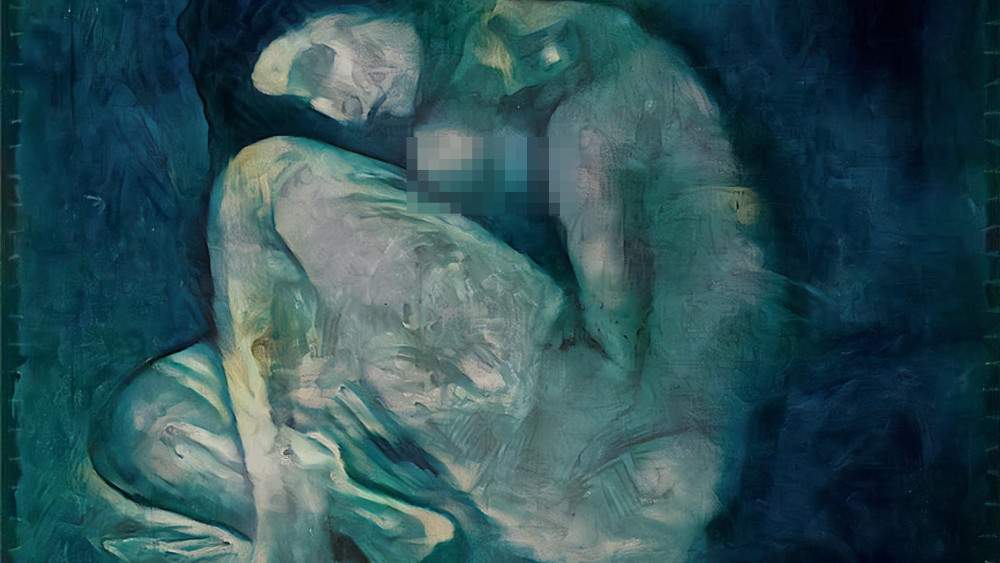Under the surface of a painting by Pablo Picasso, titledThe Blind Man’s Meal, kept at the Metropolitan Museum in New York, a nude portrait of a crouching woman has been discovered, and thanks toArtificial Intelligence and 3D printing the latter has been recreated. It is The Lonesome Crouching Nude, initially revealed in part by an overlaid X-ray fluorescence image; the recreation of this hidden work is due to Oxia Palus, a company that uses technology to bring lost art back to life. To succeed in the endeavor, the company usedXRF imaging and image processing to try to define the outline of the hidden painting; Artificial Intelligence then stepped in and added brush strokes to the portrait in the style of the famous artist. The next step was to create a height map of the portrait to give it texture, and finally the image was printed on canvas using 3D printing.
The nude of a woman that remained hidden for a full 118 years is part of Picasso’s blue period. "At the time Picasso painted The Lonesome Crouching Nude and The Blind Man’s Meal he was poor and the artist’s materials were expensive, so he probably painted over the earlier work reluctantly," commented George Cann, one of the founders of Oxia Palus along with Anthony Bourached.
“While X-ray images are useful for revealing the images that were painted over, AI adds another layer to our analysis,” said the latter. “Continued developments in machine learning and 3D printing should make the work even more accurate in the future,” they concluded.
The recreated work will be on public display from Oct. 13-17, 2021, in London at deeep, an exhibition dedicated to Artificial Intelligence.
 |
| Picasso painting hidden for 118 years discovered: recreated with artificial intelligence |
Warning: the translation into English of the original Italian article was created using automatic tools. We undertake to review all articles, but we do not guarantee the total absence of inaccuracies in the translation due to the program. You can find the original by clicking on the ITA button. If you find any mistake,please contact us.